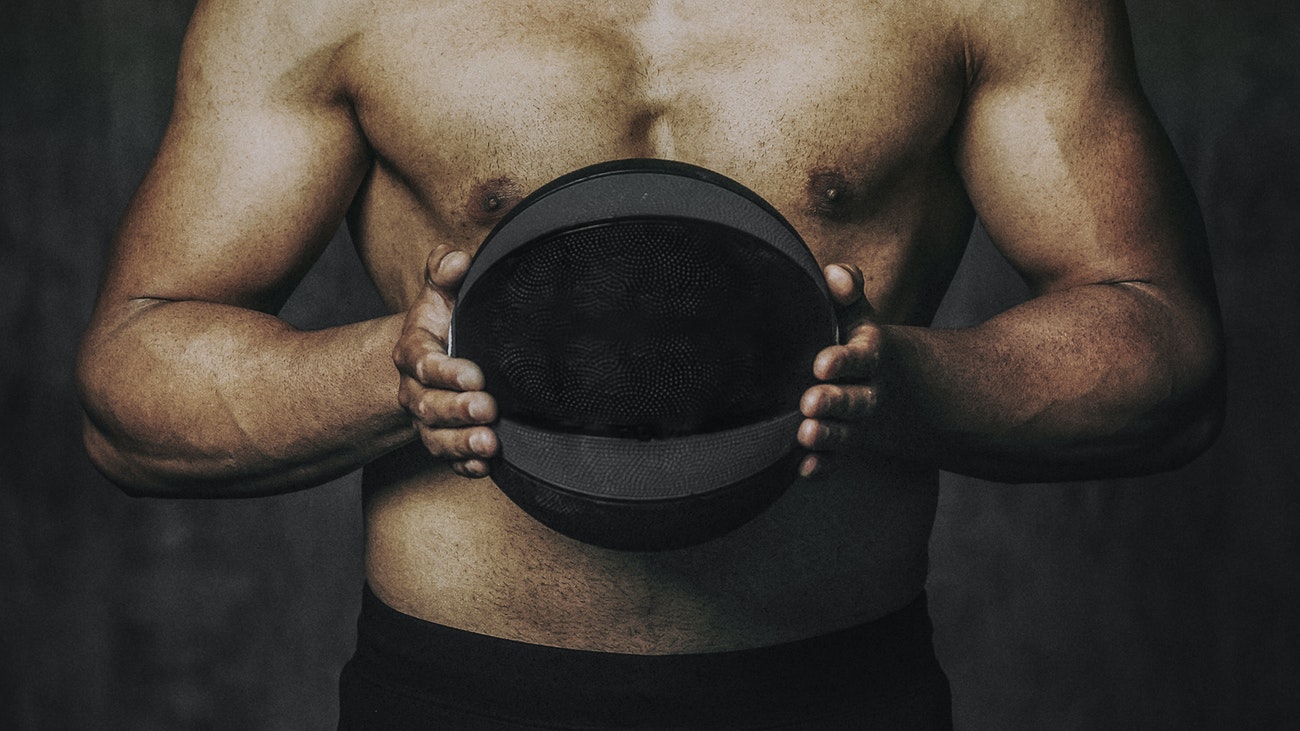
The “Core” for Dummies
Ah….the “Core”…the most controversial topic in all of fitness. What is it, and why is it so important?
So what is the Core? Ask 10 people, and you will get 10 different answers. Because you are reading my blog, you will get my answer, and no, I’m not going to list a bunch of cool core exercises, you can find them on your own. What I hope you get from the next 10 minutes is an understanding of what the core is, how it works, and ensuring you aren’t being an idiot when you “train” it.
What It Is, and Isn’t
In essence, the “Core” is everything but your arms, legs, hands, feet, head. It is everything from muscles, joints, fascia (your own personal spider web that covers you from head to toe), and the rest of the human body that make up that centrally-located area of any human. You definitely are not an idiot for thinking the core is your abs, as the abs are a crucial part, but it is a LOT more than that. Because it is located in the center of your body is PRECISELY why it’s so important! Without proper timing and strategy of the core for whatever movement you are performing, be it walking, lifting weights, playing sports, or just breathing, it is critical the core act as a Highway of Energy Transfer.
That is truly what you want to train when you “work the core“. Working your core and working your abs are vastly different things, and you will know the difference in a few minutes.
When your core works well, it is smooth sailing and you look like you know what you’re doing in terms of moving smoothly; like a great dancer such as my cousin Judy Deg, she “makes it look easy”; if it doesn’t work well, then it’s a mess and you not only can hurt yourself, but you will look really bad performing any movement, like this guy:
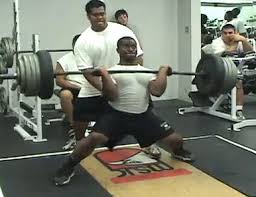
Here is what I hope you take away after reading this:
- If you are moving in any direction, you are using your core’s “Teamwork makes the Dreamwork” system.
- How HARD your core is working depends on what you are doing and what areas need to stay stable (still) and what areas need to actually move in space. For instance, in a pull-up, your core shouldn’t move, and neither should your legs. Only your arms…..easier said than done. (Here is a proper pull-up technique if you were wondering)
- If you use the wrong core Strategy for your movement, detrimental things can happen, such as faulty and improper movement, and everything that comes along with it (read my article on the A,B,C’s of Exercise Selection for more). As an aside, this is usually the issue with people, versus having a “weak” core. A strong core can be used incorrectly, and that happens more than you think! I’m talking to all the bro’s who brace/tense their abs all day, and all the ladies who squeeze their butt all day! Perfect examples of faulty core strategy.
- Last, if you have to even think about the correct Strategy, then you are already losing the battle! The core has to be Reflexive! The old adage “practice makes perfect” works well here…your core should wire and fire reflexively based on what you are doing without thinking about it, the same way a bicycle is used, and the same way you would do something like shoot a free throw….
A great analogy is Michael Jordan or Kobe Bryant. Do you think that they are THINKING about what their core should do when they are doing things like this:

If you think you can “brace” (strategic stiffening of core used during heavy lifts) and muscle your way through all movements, then your movement will most certainly not be authentic, and you will deal with several consequences; namely, you will move like a robot and not a graceful athlete like Kobe.
Quick Primer on Function and Movements of the Core
Your core most often acts as a Stabilizer (holds things in place) and Force Transfer Center (makes things look smooth and pretty looking by creating a smooth-sailing highway versus a bumpy road)rather than being used as a prime mover. (Prime mover means certain muscles make certain bones and tissue move, such as your Abs being the prime mover in a Sit-Up or Crunch). Way too many people focus on training their core as a prime mover and in isolation and neglect its other roles. This would be doing crunches or back extensions and ignoring “functional”, integrated movements like deadlifts, squats, and pushups, among many other closed chain exercises where lots of areas of the body are involved. I’m not knocking isolated abdominal work like Crunches either, as they are a MUST if you want a 6 pack; but please, do both!
By training only 6-pack prime mover exercises, not only are you missing out on a major function of the core, but also better strength gains, more efficient movement, and longevity of health, especially back health! If you train functional movements like squats, lunges, deadlifts, push-ups, and especially things that involve rotation, then you actually ARE training your core, and might not even realize it.
We must look at core strength as the ability to produce force with respect to core stability, which is the ability to control the force we produce. Core strength is useless without the ability to control it…It would be like having Larry but no Balki…pointless.
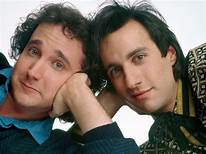
In my last article on Posture, I explained the importance of having your TPC (ribs and pelvic canister) aligned for movement and respiration purposes, so please review them if you want a better understanding. But here is an analogy to save you time:
The Perpetual Tug O War
There is usually a tug-o-war going on with the “force-couple” of your Abs/Glutes warring against your Hip Flexors and lower back muscles. This is a fairly simplified picture, but it’s a good visual of what’s going on. I’m writing this article because about 90% of the time, and ESPECIALLY in athletes and active folk, the Abs/Glutes lose this war, and it causes your TPC to remain in an inhalation/open/scissor posture, aka ‘Ribs Up” hyperextended back position, and this throws everything off and makes loading unsafe. Hyperextension may look cool in a mirror, but it’s awful for your back health if you load it! It will also impede your ability to relax, which is kind of a big deal if you don’t want to drop dead of a heart attack at 40.
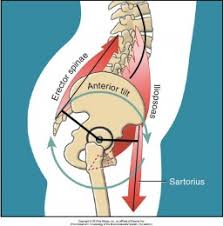
The Abs and Butt lose the war AGAIN, and now you are walking around with your butt sticking out again…
*Btw ladies, the above pic is exactly what happens when you wear 6-inch heels…it turns OFF your butt……Whoops!
Movements of the Core
Our core has 3D depth and functional movement in all three planes of motion. Here is a picture of the core performing the 3 planes of motion:
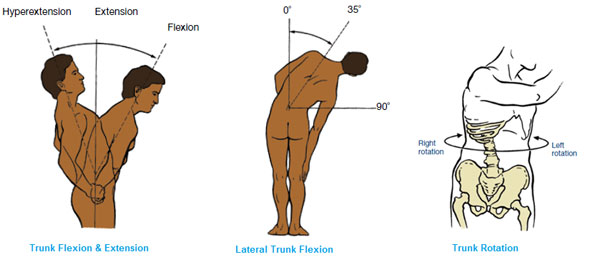
Flexion/Extension: Movements like reaching backwards overhead, touching your toes, Deadlifting, Sit-Ups, Leg Lifts, Crunches, and the like…..
Lateral Flexion: Think Side Bending
Rotation: Think turning! This movement is certainly the most complicated, and won’t go into it here! Rotation is what makes bones actually move, to keep it simple.
What’s more, these movements can combine too! Think bending over (flexion) to pick something up on your right side (rotation); the list goes on and on….but let’s keep it simple here folks!
Now, performing the above motions would certainly train your core to train those specific movements (sit-ups, side bends, back extension), but what’s important to understand is that RESISTING those same movements is just as important in larger movements, such as lunges, running, squatting, etc. Most movement requires certain things to be stable and not move while allowing movement elsewhere. A good example is a lunge:
I don’t want any of the 3 motions from the pictures above during something like a lunge. Instead, I want to resist those motions. So in essence, resisting something like Lateral Flexion allows my lower body to perform the lunge while keeping everything I want stable (i.e. staying upright, etc) without losing my balance and falling to the side, like this: 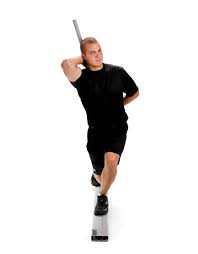 not resisting lateral flexion: total FAIL
not resisting lateral flexion: total FAIL
Training Your Core
According to Andy Waldhelm in his Assessment of Core Stability: Developing Practical Models, there are “5 different components of core stability: strength, endurance, flexibility, motor control, and function”. Being able to reflexively demonstrate these 5 qualities are the goals of any core training.
With that said, when it comes to “training” your core, you have a few options. I espouse practicing the prime mover motions of the core listed earlier (crunches, leg raises, back extensions, side bends, etc.) to build muscle/6pack, but also training their “anti-movement” exercises in various forms, and then applying those “anti” concepts to actual functional movements like lunges, push up variations, pull up variations, crawling variations, etc.
You know, REAL exercises.
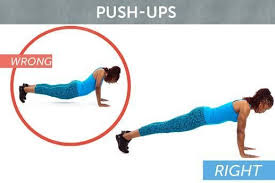 :
:
Strategy: Anti-Extension
Core Exercise: Ab Wheel to strengthen those muscles that resist extension
Real Exercise Application: Push Up or Pull Up
Strategy: Anti-Lateral Flexion
Anti-Core Exercise: High Side Plank to strengthen the muscles that resist Lateral Flexion
Real Exercise: Loaded Carries
Strategy: Anti-Rotation
Core Exercise: Pallof Press
Real Exercise: Kickstand Deadlift
Bonus Exercise: Flexion WHILE using Anti-Extension: Hollow Body Crunches
Hard Core vs Soft Core
Now, most weight lifting is the complete OPPOSITE of athletic movement. Weight Lifting is mainly linear, sagittal plane (up and down, front to back) movement that you can muscle your way through. Let’s call that “hard core” function. Bracing is a hard core strategy, and pivotal for heavy lifting. Anyone can do this, even me. But athletic movement takes skill and repetition, and in my opinion, should not be trained in the same manner, via bracing and bearing down on your core.
Athletic movement requires a “soft core” function. Both are important and should complement each other. Any of you guys who watched the Last Dance on ESPN in April 2020 should remember that once the Bulls started lifting weights, they beat the Pistons. They had great movement ability and soft core function, and then created swole muscles and hard core function on top of that…combine those, and they could actually box out and throw Detroit around and became unstoppable.
Now the above exercises I gave you are weight lifting movements, and it would be a disservice to humanity if the core was explained using weight lifting, as you now know is “hard core” movement. Bracing your abs while lifting heavy stuff is exactly what hard core function is for—-a nerdy term for this would be “Proximal Stability” so you can have your arms and legs do their thing while the core stays stiff.
But there is also the “soft core” side of things.
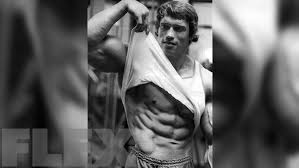 Hard Core
Hard Core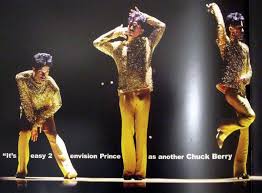 Soft Core
Soft Core
The most basic of ” soft core” movements is Gait (i.e. Walking); to keep it simple, soft core is coordination, balance, and the like where bracing would be detrimental. Your body’s stabilizers MUST, MUST, MUST fire first. It is an uber-subtle thing, and hard to picture. But in essence how HARD your core fires should be reflexive and be contingent on whatever you are doing. Picking up 300lbs off the ground would require a different strategy (hard core bracing) than picking up a pencil (soft core). Many of the muscles are hidden beneath the exterior musculature people typically train. These deeper stabilizer muscles include the transverse abdominals, multifidus, diaphragm, pelvic floor, and many other deeper muscles, in case you were wondering.
The musculoskeletal structure of any human is designed so it operates most effectively when standing upright while reacting to the forces caused by gravity and ground reaction. So yes, walking is a “core” exercise. Remember that “Highway of Energy” concept from the beginning? Walking is exactly that in action, in its all it’s “soft core”, non-bracing form.
Get up and walk across the room—notice how your pelvis and upper back rotate opposite of one another; as the right arm swings forward, it causes the rib cage to rotate to the left on the upper back, while the left leg is simultaneously swinging forward, causing the pelvis to rotate to the left.
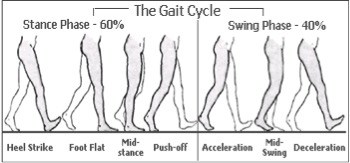
It’s your core that facilitates this multi-planar, 3D action to make it smooth and efficient.
That’s right; the actual purpose of our core muscles is to work effectively and efficiently while the body is in an upright, vertical position. Why? Because you’re a damn human and humans thrive by moving around upright! Someone who has great core function (timing and strategy) when they walk is someone who looks cool when they walk and not a rigid mess.
 Awesome “soft core” in action
Awesome “soft core” in action
An example of a poor core strategy is the guy at the beach flexing his abs while he is WALKING! Yes, I get why you would do this—you want people to think they can wash their shirt on your abs, but no one cares, I promise you.
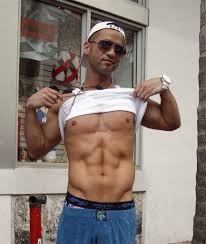
So walking is a low-level activity, requiring a low-level (or what I will call “Soft core”) strategy. Instead, this guy is using a Hard Core, bracing strategy for nothing but walking! This is exactly how you get a “dysfunctional core” which affects things like low back health and overall movement quality. Match your strategy to your activity, and understand flexing your abs while you’re walking around is as silly as it sounds. But if you get a date from it, then have it…who am I to say anything!
Btw, My cousin John Galvin might need some more swole on his biceps, but his movement is athletic when he plays basketball, so his core reacts perfectly in things like that. I couldn’t and wouldn’t try to teach him what his neuromuscular system knows on a basketball court, although my dad says his jump-shot is not stellar….but I digress…
(had to throw my #1 editor in there at least once)
Summary
Soft Core vs. Hard Core: one you can man your way through (weight lifting: linear work); the other takes practice and “reflex”, balance, and coordination and no amount of manliness will win this battle. In each, your stabilizers need to fire first, and this is all dependent on the activity you are doing, and its intensity. Use the appropriate strategy if you want to get both strong AND have smooth, authentic, movement.
So train both. Ensure you ain’t just training your core but actually USING it! And I hope that you now understand WHY trainers will give you an exercise like a Farmer’s carry for your “core” . when you train your core, do both!
Try this today to put it in action:
Ab Wheel (hard core) directly into Bear Crawl (soft core) directly into Crunches (prime mover) for your “Ab work”>Walking with Weights (both hard core and soft core!)
Then apply it to “real” exercises like Deadlifts, Push-Ups, Pull-Ups, and, yes, Walking.
Go get ’em champ…



